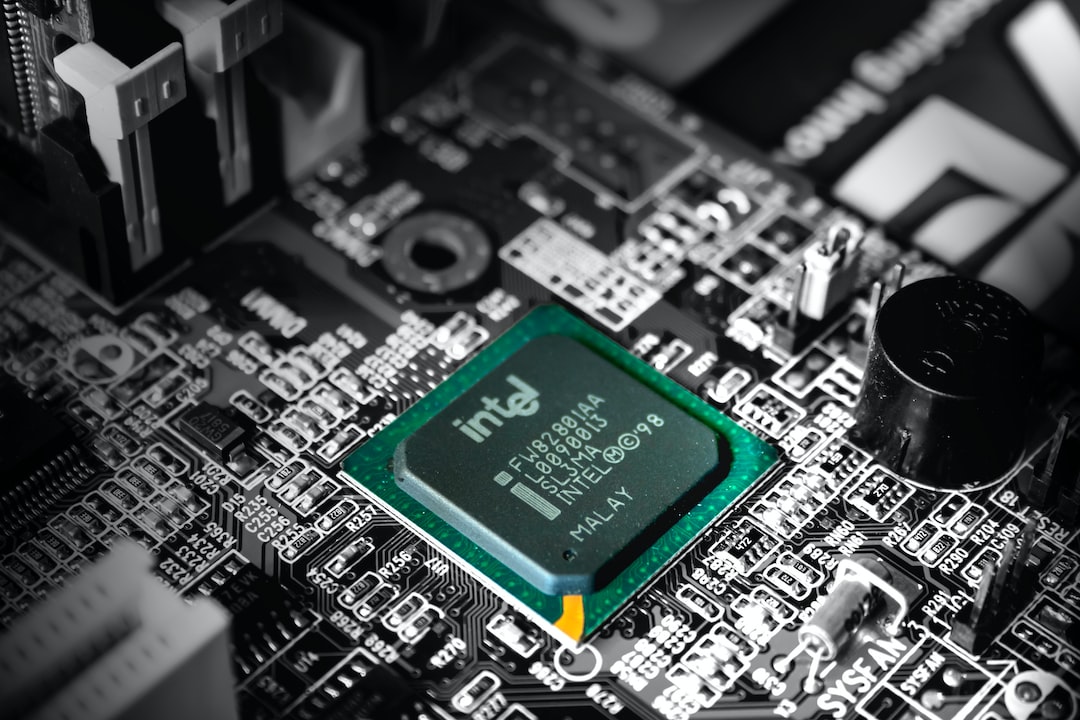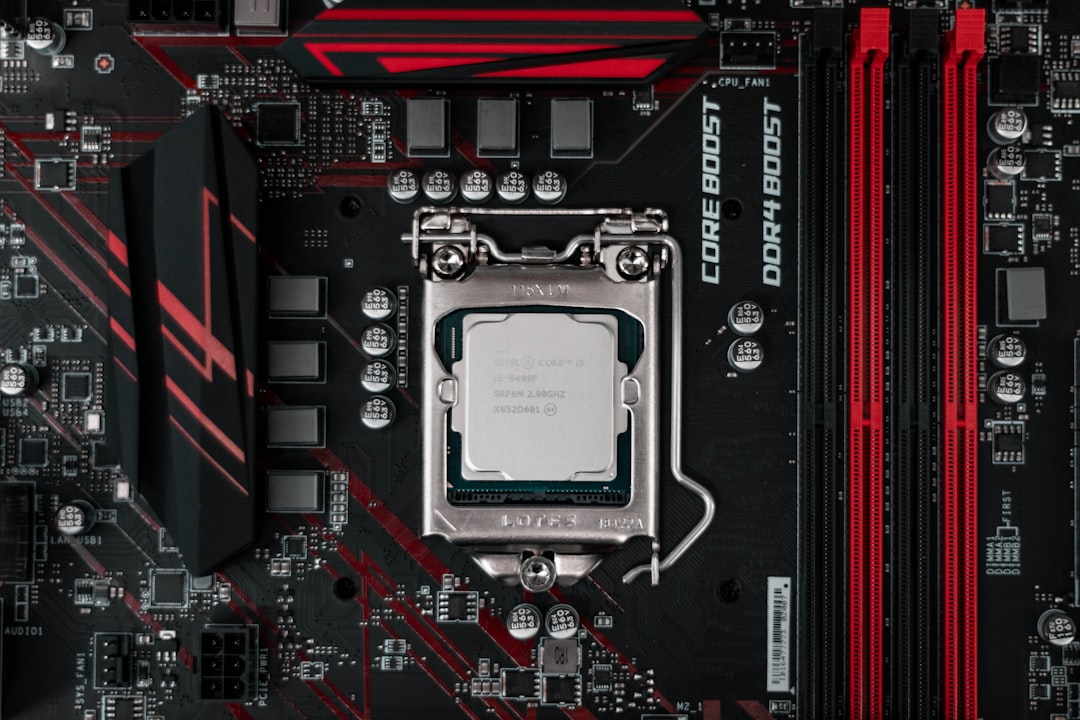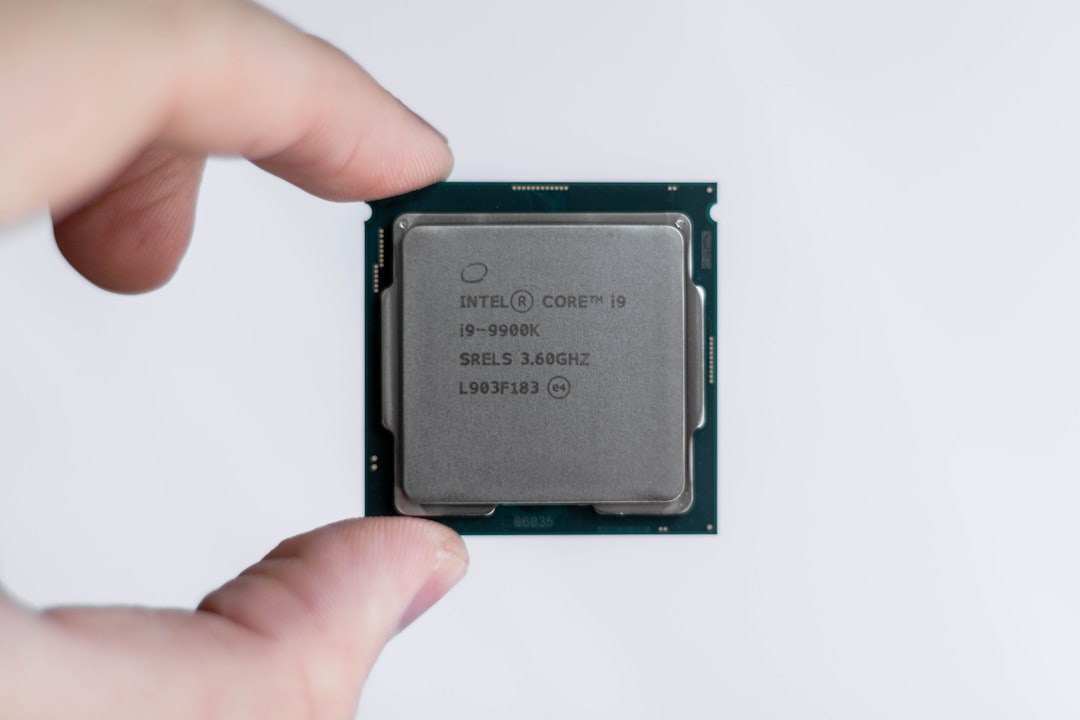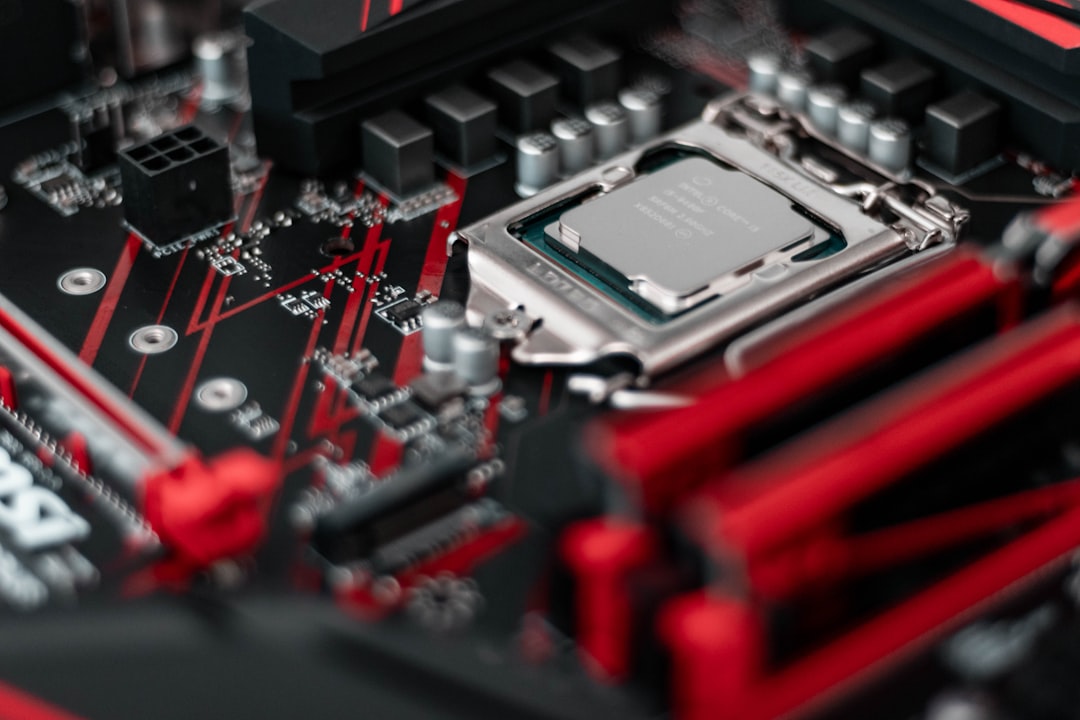As a software developer, it is crucial to ensure that the code you write runs efficiently and effectively. Optimizing code can greatly improve the performance of your software, allowing it to run faster, use fewer resources and ultimately provide a better user experience.
One of the key reasons why optimizing code is important is because it can help you avoid potential issues that may arise in the future. Poorly optimized code can lead to problems such as slow loading times, crashes, and other performance issues that can negatively impact the user experience. By optimizing your code early on, you can identify and fix any potential problems before they become major issues.
Optimizing code can also help you save time and resources. In the long run, well-optimized code will require less maintenance and support, freeing you up to work on other projects or tasks. Additionally, optimized code can reduce the amount of hardware resources needed to run your software, which can save your organization money on infrastructure costs.
In today’s fast-paced software development environment, it’s important to be able to adapt quickly to changing needs and requirements. By optimizing your code, you can ensure that your software remains flexible and adaptable, allowing you to easily make changes or updates as needed.
Ultimately, optimizing code is essential for any software developer. By focusing on continuous improvement and utilizing tools and strategies such as profiling, data structures, caching, parallelism, and minimizing I/O, you can ensure that your software performs at its best and provides an exceptional user experience.
Code Early, Code Often: The Advantages of Continuous Development
When it comes to software development, taking a continuous approach to coding has many advantages. The idea behind this methodology is to write code early and often, with the goal of continually improving and refining the code to meet the needs of the project.
One of the biggest advantages of continuous development is that it allows developers to catch errors and bugs early on in the process. By testing code frequently, developers are able to identify and fix issues before they become major problems later on.
Continuous development also encourages collaboration and communication among team members. By frequently sharing code and discussing progress, developers can work together more effectively and catch issues that may have been missed by others.
Another benefit of this approach is that it allows for faster feedback and iteration. By regularly testing and refining code, developers can quickly identify areas that need improvement and make changes accordingly. This leads to a more efficient development process and ultimately, better software.
Finally, continuous development helps to ensure that code is always up-to-date and meets the needs of the project. By constantly revisiting and improving code, developers can be confident that they are delivering the best possible product.
Taking a continuous approach to coding can have many benefits for software development projects. By optimizing code early and often, developers can catch errors, collaborate effectively, iterate quickly, and ensure that code is always up-to-date. So, if you want to improve your software development process, consider adopting a continuous approach to coding!
The idea behind this methodology is to write code early and often, with the goal of continually improving and refining the code to meet the needs of the project.
Profiling Tools: Identifying bottlenecks in your code
As a software developer, identifying bottlenecks in your code is a critical step towards optimizing it. Profiling tools help you to narrow down the sections of your code that are taking up too much time and resources, making it easier to make informed decisions on how to optimize them.
There are several profiling tools available to developers, both free and paid, that can help identify bottlenecks in code. These tools provide detailed information on the performance of your application, highlighting areas that require optimization.
One of the most popular profiling tools is Profiler, which is included in Microsoft Visual Studio. Profiler provides a detailed analysis of the performance of your application, including the execution time of individual methods, CPU usage, and memory usage.
Another popular profiling tool is Intel VTune, which provides a detailed analysis of the performance of your code. It identifies potential bottlenecks in your code and provides recommendations for optimization. It is particularly useful for optimizing multi-threaded applications.
In addition to these tools, there are several open-source profiling tools available, including OpenCPU, Perf, and Gprof, which can also be used to identify bottlenecks in code.
Profiling tools are an essential part of optimizing code, as they provide developers with the insights needed to identify and address performance issues. By identifying bottlenecks in your code, you can make informed decisions on how to optimize it, resulting in faster and more efficient software. So don’t hesitate to make use of these powerful tools when in need.
In addition to these tools, there are several open-source profiling tools available, including OpenCPU, Perf, and Gprof, which can also be used to identify bottlenecks in code.
Data Structures and Algorithms: Choosing the Right Ones for Your Task
When it comes to optimizing code, choosing the right data structures and algorithms can make a world of difference. Data structures are the building blocks of your program, while algorithms are the procedures or rules to be followed to solve a problem. The combination of the two can have a significant impact on the efficiency and speed of your code.
Firstly, it’s important to understand the complexity of different data structures and algorithms. For example, an array may be a simple and intuitive data structure for storing data, but it can quickly become inefficient when searching for specific elements or inserting new data. On the other hand, a binary search tree or hash table may be better suited for these tasks.
Similarly, algorithms can vary in their efficiency depending on the size and complexity of the data set. For example, a linear search algorithm may be efficient for a small data set, but a binary search algorithm would be better suited for a larger data set. It’s important to consider the tradeoffs between these algorithms and choose the one that’s best for your specific task.
Another important consideration is the data structures and algorithms used in third-party libraries or frameworks. While these can save time and effort in development, they may not always be optimized for your specific use case. It’s important to analyze and profile the performance of these libraries to ensure they’re not causing unnecessary bottlenecks in your code.
In addition, it’s important to keep in mind that the choice of data structures and algorithms may need to be re-evaluated as your program evolves. As your data set grows or your program requirements change, a previously efficient choice may become inefficient. Regular profiling and optimization can help to identify these issues and make necessary improvements.
In summary, choosing the right data structures and algorithms is crucial for optimizing code. It requires careful analysis, consideration of tradeoffs, and adaptability as your program evolves. By investing time and effort in selecting the best options for your specific task, you can significantly improve the efficiency and performance of your code.
While these can save time and effort in development, they may not always be optimized for your specific use case.
Caching: How to Reduce Computation Time
Caching is a technique used to reduce computation time by storing the results of expensive computations and using those results again in the future instead of performing the computation again. This technique is particularly useful when dealing with computationally intensive tasks that are performed repeatedly. By using caching, you can reduce the time it takes to complete a task, which can have a significant impact on the overall performance of your application.
One of the most common types of caching is in-memory caching, which involves storing the results of a computation in memory so that they can be quickly retrieved the next time they are needed. This approach can be particularly useful when dealing with large data sets or when performing complex calculations that take a long time to run.
Another type of caching is disk caching, which involves storing the results of a computation on disk so that they can be quickly retrieved the next time they are needed. This approach can be particularly useful when dealing with data that is too large to fit in memory or when dealing with long-term caching of data.
When implementing caching, it is important to consider the trade-offs between memory usage, disk usage, and computation time. In some cases, caching may use more memory or disk space than it saves in computation time. In other cases, caching may be able to significantly reduce computation time without using a significant amount of memory or disk space.
One of the key benefits of caching is that it can be used in combination with other optimization techniques, such as parallelism and minimizing I/O, to further improve the performance of your application. By using caching in conjunction with other optimization techniques, you can create a highly efficient and performant application that can scale to meet the needs of your users.
Caching is a powerful technique that can be used to reduce computation time and improve the overall performance of your application. By carefully considering the trade-offs between memory usage, disk usage, and computation time, and by using caching in combination with other optimization techniques, you can create an application that is both fast and efficient. So, don’t hesitate to include caching in your optimization strategy to achieve better results.
Caching is a powerful technique that can be used to reduce computation time and improve the overall performance of your application.
Parallelism: Utilizing Multi-Core Processors for Faster Performance
When it comes to optimizing code, one of the most effective strategies is to take advantage of multi-core processors. In today’s technology-driven world, most modern computers come equipped with multiple cores, and failing to utilize them can result in significant performance losses. By harnessing the power of parallelism, developers can significantly reduce the time it takes for code to execute and improve overall system efficiency.
Parallelism is the practice of breaking down a single task into multiple smaller tasks that can be executed simultaneously across multiple processor cores. This approach not only reduces overall execution time but also helps to prevent system bottlenecks and increases scalability. However, implementing parallelism in code optimization is not always an easy feat. It requires careful planning, implementation, and testing to ensure that the program runs smoothly and efficiently.
One of the most effective ways to implement parallelism in code is through the use of parallel processing libraries and frameworks. These libraries provide developers with the tools needed to create efficient, parallelized code without having to worry about the underlying mechanics of parallel processing. Popular parallel processing libraries include OpenMP, MPI, and CUDA.
Another important consideration when implementing parallelism is ensuring that the code is adapted to take full advantage of all available processor cores. This involves identifying tasks that can be parallelized and breaking them down into smaller, independent tasks that can be executed simultaneously. It also requires careful consideration of how to manage shared resources, such as memory and I/O operations.
While parallelism can be an incredibly effective tool for optimizing code, it is not always the best solution for every situation. In some cases, the overhead of parallelism can actually slow down the execution of code, particularly when working with smaller datasets or simpler algorithms. Additionally, not all problems can be decomposed into smaller, parallelizable tasks, and some may require alternative optimization strategies.
Parallelism is an essential tool for optimizing code and improving system efficiency. However, it requires careful planning and implementation to ensure that it is used effectively. By taking advantage of parallel processing libraries and frameworks, adapting code to take full advantage of all available processor cores, and carefully considering the best optimization strategy for each situation, developers can significantly improve the performance of their code and provide users with a faster, more efficient experience.
This involves identifying tasks that can be parallelized and breaking them down into smaller, independent tasks that can be executed simultaneously.
Minimizing I/O: Reducing Disk Access for Faster Code Execution
When it comes to optimizing your code, minimizing I/O is an essential aspect that often gets overlooked. I/O (Input/Output) operations, including reading and writing to disk, can be a major bottleneck in your code’s performance. Therefore, it is crucial to minimize these operations as much as possible.
One approach to reducing disk access is to use memory-mapped files. These allow you to access files as if they were already in memory, eliminating the need for expensive read and write operations. By mapping a file to memory, you can read and write data to it as if it were a regular array in memory.
Another way to minimize I/O is to batch and buffer your reads and writes. Instead of reading or writing to a file one byte at a time, you can read or write in larger chunks. This reduces the number of I/O operations required, and therefore, the overall execution time.
Compression is another technique used to minimize I/O operations. By compressing your data before writing it to disk, you can reduce the amount of data that needs to be written, and subsequently, read. This approach is particularly useful when dealing with large amounts of data.
In addition to these techniques, it’s important to consider the impact of your data storage system on your code’s performance. For example, using a solid-state drive (SSD) instead of a traditional hard disk drive (HDD) can significantly reduce read and write times. In general, SSDs are faster and more reliable than HDDs, making them an excellent choice for applications that require fast disk access.
Overall, minimizing I/O operations is crucial for optimizing your code’s performance. By using memory-mapped files, batching and buffering reads and writes, compressing your data, and choosing the right storage system, you can significantly reduce the time your code spends waiting for I/O operations to complete. Remember, even small optimizations can have a big impact on your code’s performance, so don’t overlook the importance of minimizing I/O.





